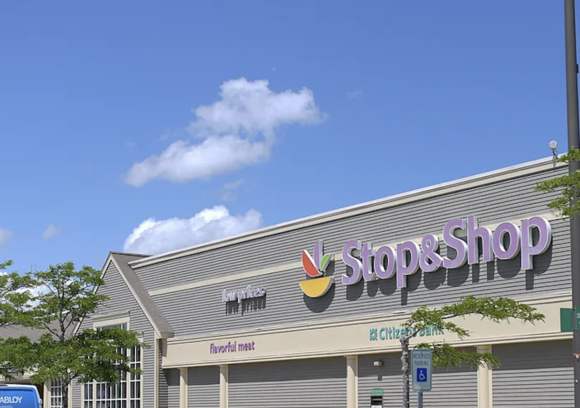In a strategic move to enhance financial performance, Stop & Shop, a prominent grocery chain in the US Northeast, has announced the closure of 32 underperforming stores. This decision, part of a broader effort by parent company Ahold Delhaize, reflects current challenges and opportunities in the grocery industry.
Economic Pressures and Strategic Realignment
The closure decision comes amidst several market dynamics. Firstly, consumers are facing rising food prices, contributing to a challenging retail environment. According to recent inflation reports, food prices have seen modest increases, impacting consumer spending patterns at grocery stores. Stop & Shop’s initiative to streamline operations and focus on profitable locations underscores the necessity for businesses to adapt to economic fluctuations.
Gordon Reid, President of Stop & Shop, emphasized the strategic nature of the decision, stating that closing underperforming stores will establish a healthier foundation for future growth. This proactive approach aligns with Ahold Delhaize’s broader strategy to optimize its portfolio and allocate resources effectively in a competitive market.
Industry Shifts and Competitive Landscape
The grocery industry in the US is experiencing significant transformations. The rise of discount retailers like Aldi, with plans to expand aggressively, poses direct competition to traditional grocery chains. Furthermore, strategic moves such as the proposed merger between Kroger and Albertsons highlight efforts within the industry to consolidate resources and enhance market positions.
Ahold Delhaize’s decision to close stores follows its announcement at an investor day in May, indicating a planned reduction without specifying exact locations until recently. This transparent approach communicates a commitment to stakeholders while navigating operational adjustments.
Community Engagement and Future Outlook
Despite store closures, Stop & Shop remains committed to serving communities through alternative channels. The chain will continue to operate over 350 stores across its five-state footprint, supported by investments in store renovations and technological enhancements. The success of refreshed stores, which have outperformed non-renovated locations since 2018, underscores the importance of modernizing retail spaces to meet evolving consumer expectations.
Employees affected by closures are being offered opportunities within the company, reflecting a commitment to supporting personnel through transitions. This employee-focused strategy not only mitigates disruptions but also fosters loyalty and morale within the workforce.
Key Takeaways for Businesses
Stop & Shop’s strategic decisions provide valuable insights for businesses navigating competitive markets:
- Adaptability: Respond proactively to economic shifts and competitive pressures by optimizing operations and reallocating resources strategically.
- Customer-Centricity: Prioritize consumer needs and expectations through enhanced service delivery and modernized retail experiences.
- Employee Support: Maintain a supportive environment for employees during transitions to preserve morale and talent retention.
- Strategic Alignment: Align operational adjustments with long-term growth objectives to sustain profitability and market relevance.
Stop & Shop’s approach to store closures amidst industry changes exemplifies proactive strategic management. By focusing on operational efficiency, customer engagement, and employee welfare, businesses can navigate challenges effectively while positioning themselves for future success in dynamic market environments.




